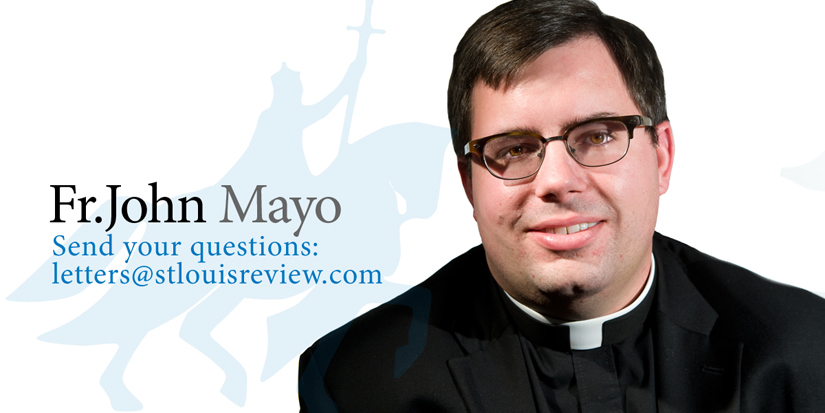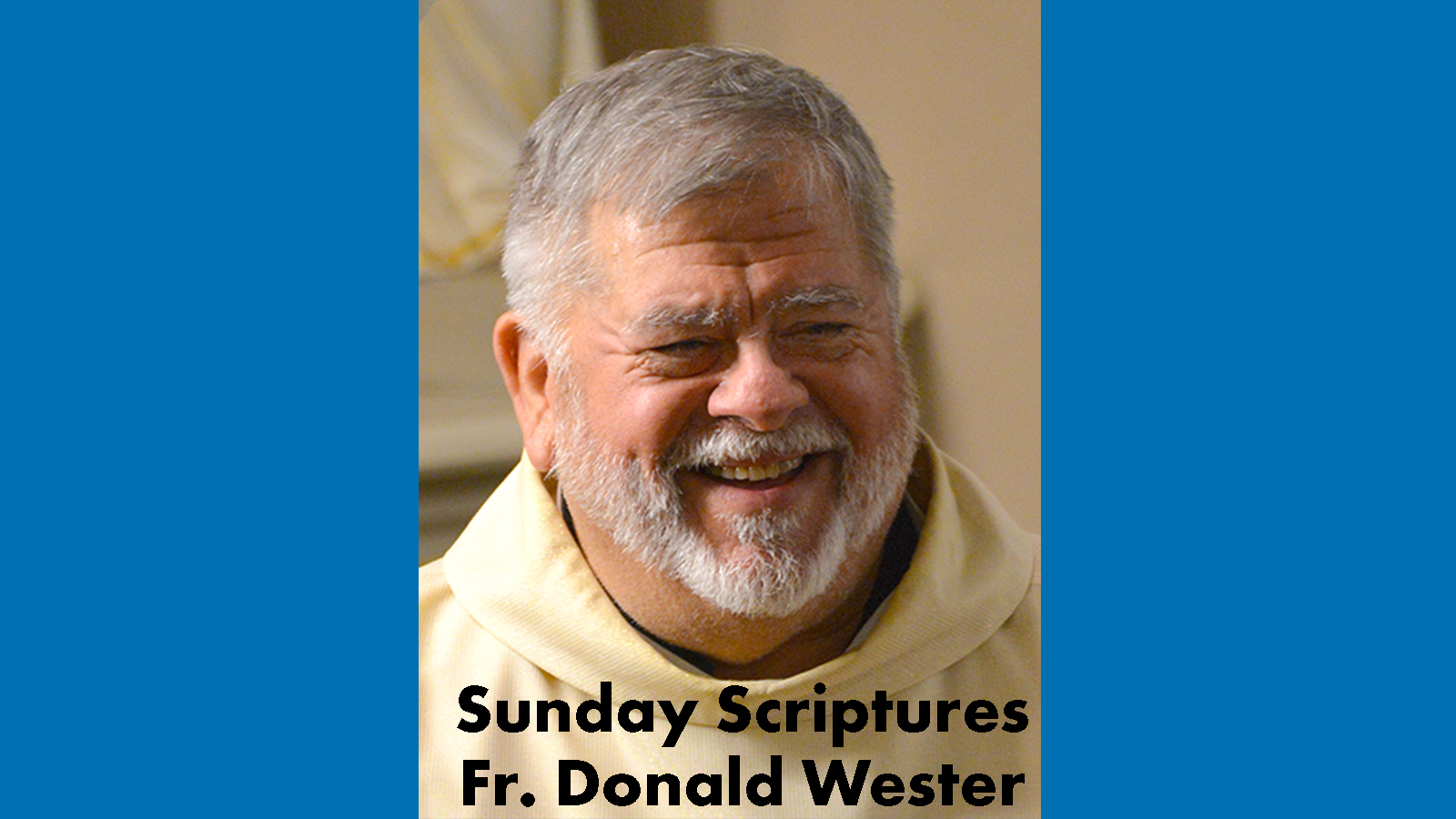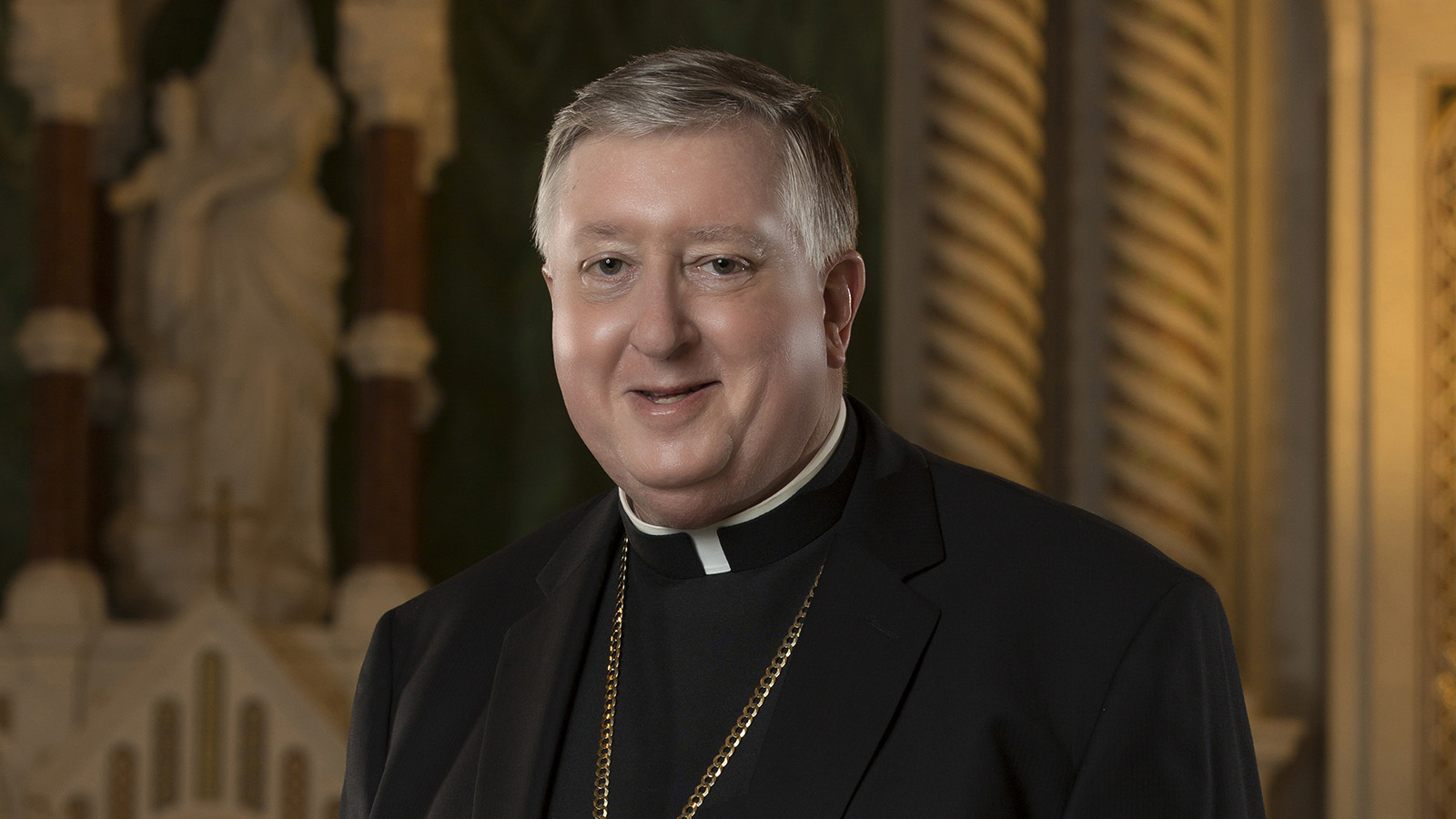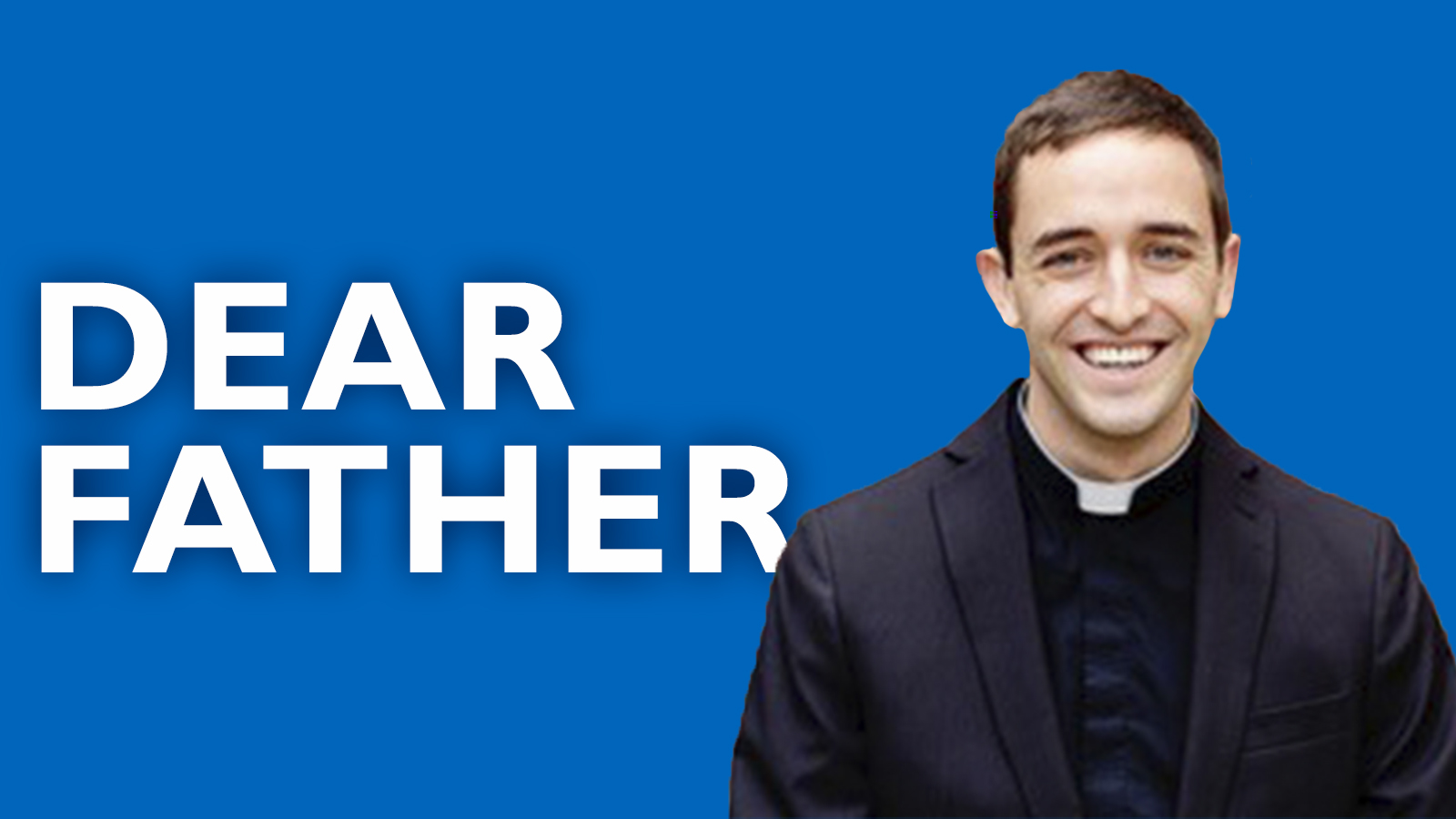DEAR FATHER | Practice of praying Rosary borne of age-old tradition of praying with beads
How did the Rosary become the prayer that it is today?

When we see someone with a Rosary, we quickly assume they are Catholic. We ask them what parish they belong to and, perhaps, the quintessential St. Louis question: where they went to high school. Since the Rosary is so quickly identified with the Catholic faith, many think that it is a uniquely Catholic idea to pray with beads.
Such an assumption is incorrect. Praying with some form of beads is not uniquely Catholic or Christian, but part of the tradition of world religions. Many religions, including the Hindu, Buddhist and Muslim religions, use prayer beads in their faith tradition.
Praying with prayer beads in the Catholic tradition dates to the monastic period. The monks, like the desert fathers that proceeded them, prayed first every day, then every week, the Book of Psalms. This practice was lengthy, as there are 150 psalms to pray. To number them, the monks would count pebbles or rocks on a string or put loose pebbles into a bag as they prayed the Psalms.
Such a practice inspired the laity. They wanted to be prayerful like the monks. The expense of books, low literacy rates, and the amount of time needed to pray the psalms barred most people from exactly imitating the monks. Instead, they would tie 50 knots onto a piece of string, and over the course of a day or a week, pray 50 or 150 Our Fathers. This became known as the “poor man’s breviary.”
Slowly, this prayer tradition shifted, becoming more Marian over time. St. Peter Damian, who died in 1072, first suggested praying the Hail Mary on the beads instead of the Our Father. In 1365, Henry of Kalkar, a Carthusian monk, divided the 150 Hail Mary’s into 15 groups of 10 with an Our Father after each decade. Another Carthusian monk, Dominic of Prussia tied each Hail Mary with a thought or phrase about Mary or Jesus. This was modified by an anonymous Dominican, who proposed the 15 mysteries of the Rosary around 1480, making the Rosary much easier to pray.
Many tie the development of the Rosary to St. Dominic. The root of this belief is from a story told by Blessed Alan de la Roche. He wrote that St. Dominic had a vision of Mary who gave him the Rosary, instructing him to pray and preach this devotion to defeat the Albigensian heresy that was sweeping the Church. This account given by Blessed de la Roche’s came more than 250 years after St. Dominic’s death. Due to the amount of time between St. Dominic’s death and the recording of the story, scholars today question its authenticity. We can say for certain, however, that St. Dominic did preach the Rosary and that no fewer than a dozen popes have honored St. Dominic with a close connection with the Rosary.
Father Mayo is pastor of St. Raphael the Archangel Parish in St. Louis.
When we see someone with a Rosary, we quickly assume they are Catholic. We ask them what parish they belong to and, perhaps, the quintessential St. Louis question: where they … DEAR FATHER | Practice of praying Rosary borne of age-old tradition of praying with beads
Subscribe to Read All St. Louis Review Stories
All readers receive 5 stories to read free per month. After that, readers will need to be logged in.
If you are currently receive the St. Louis Review at your home or office, please send your name and address (and subscriber id if you know it) to subscriptions@stlouisreview.com to get your login information.
If you are not currently a subscriber to the St. Louis Review, please contact subscriptions@stlouisreview.com for information on how to subscribe.




